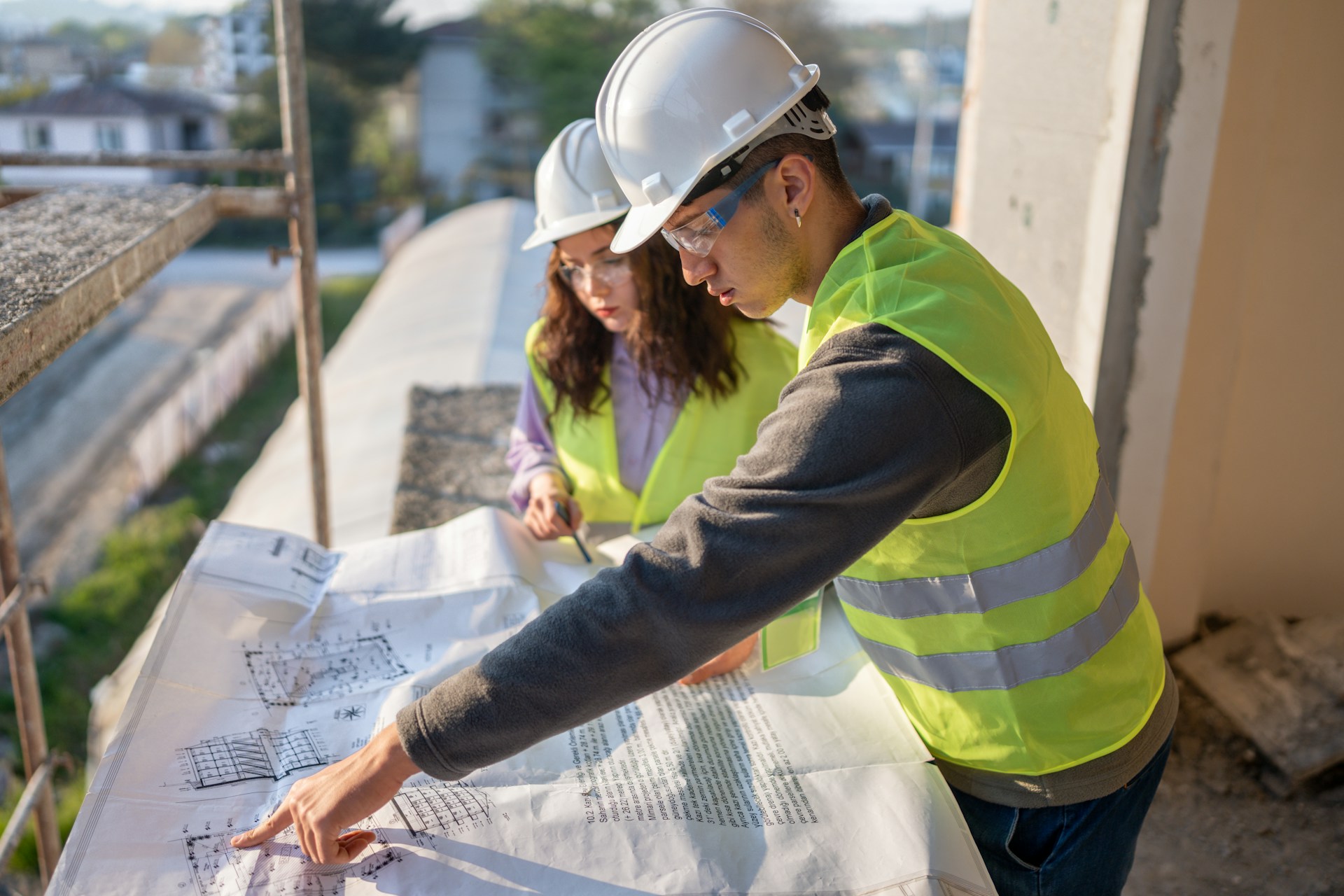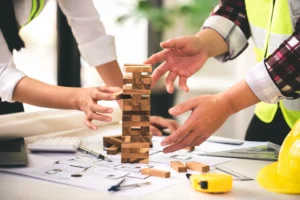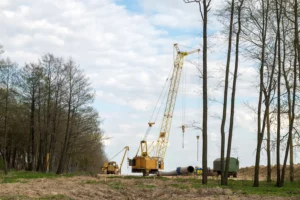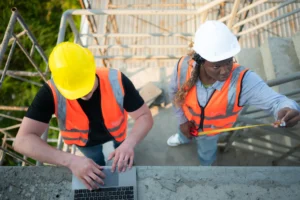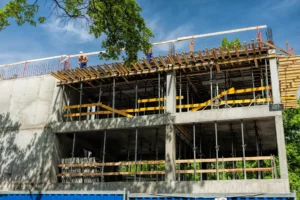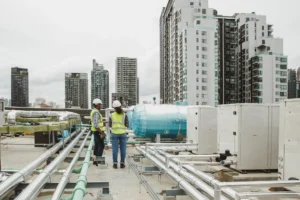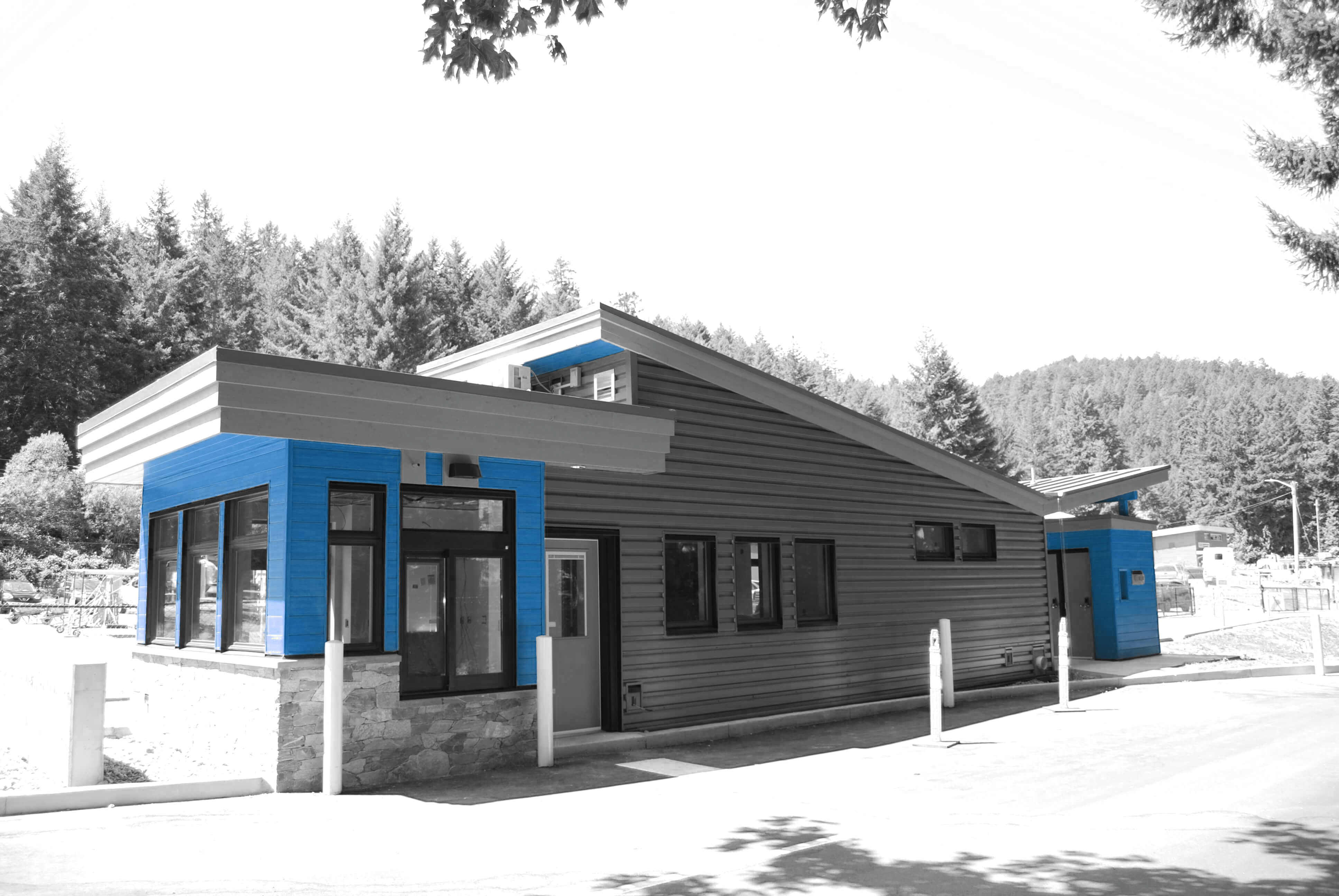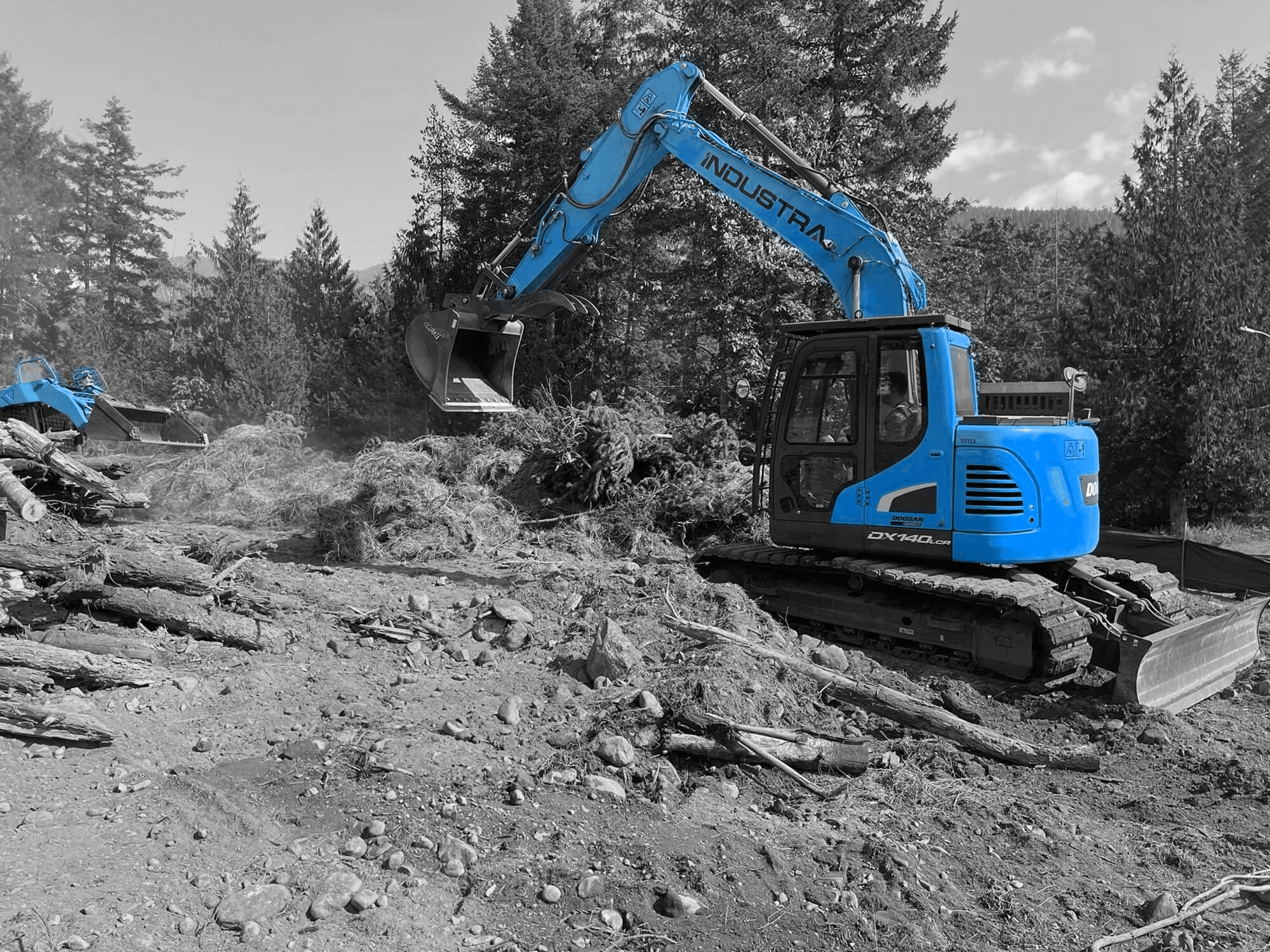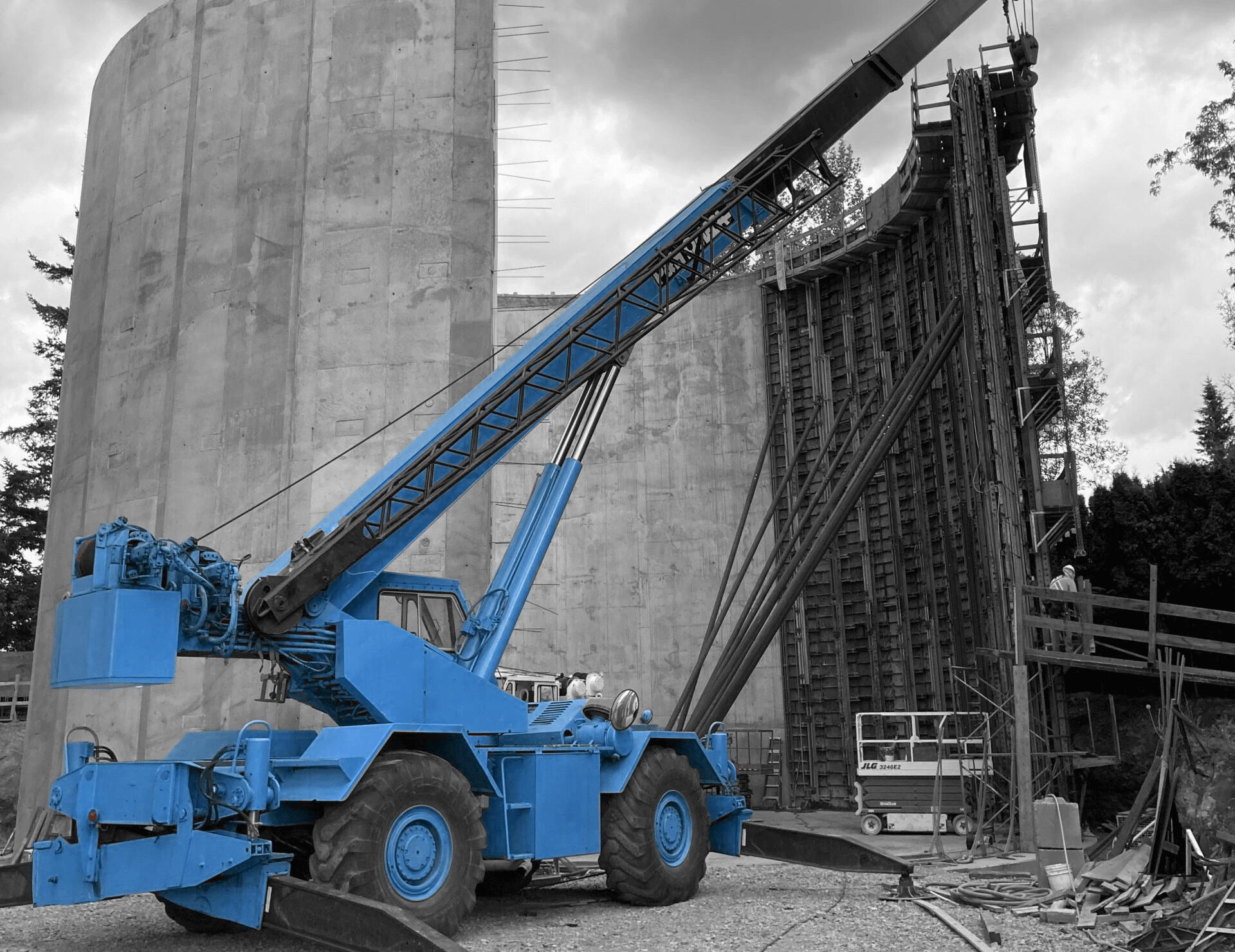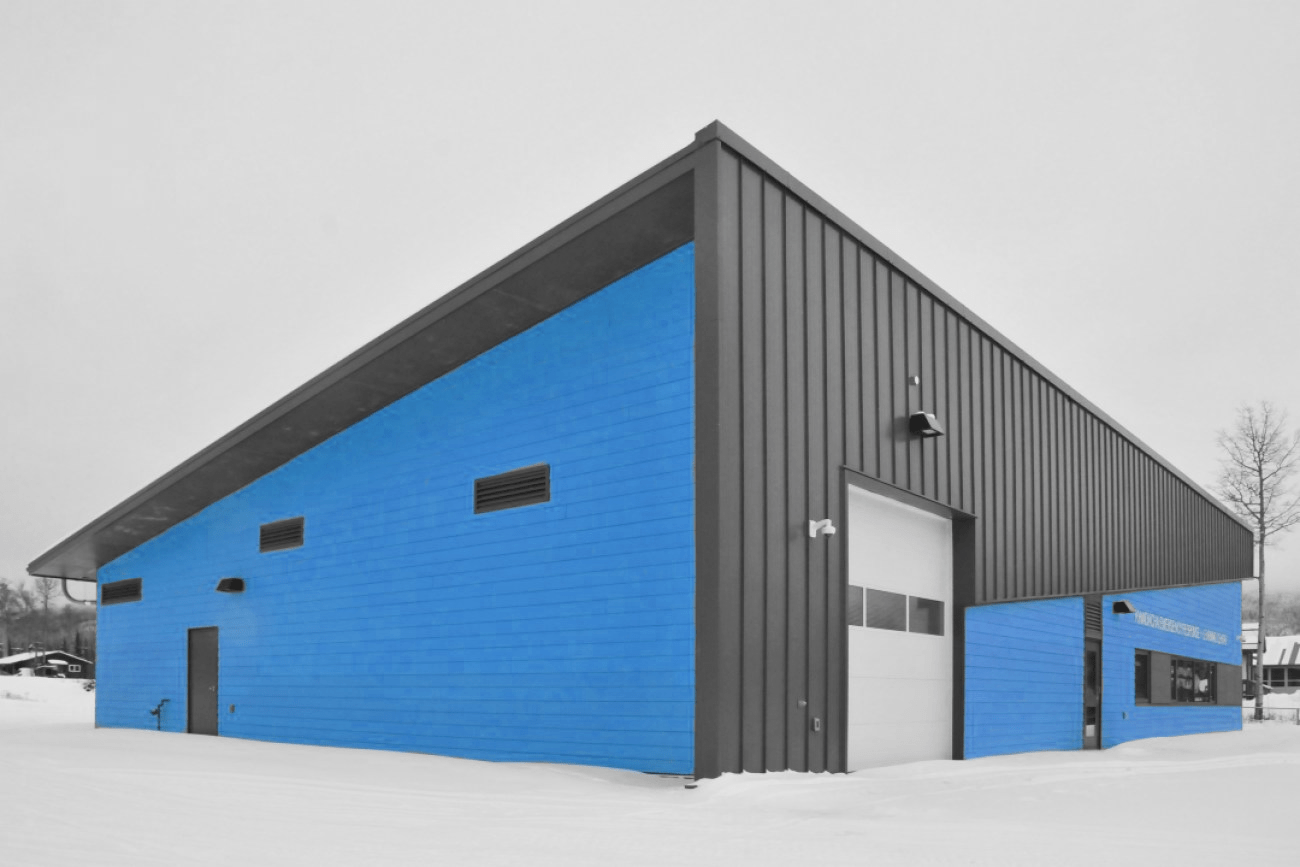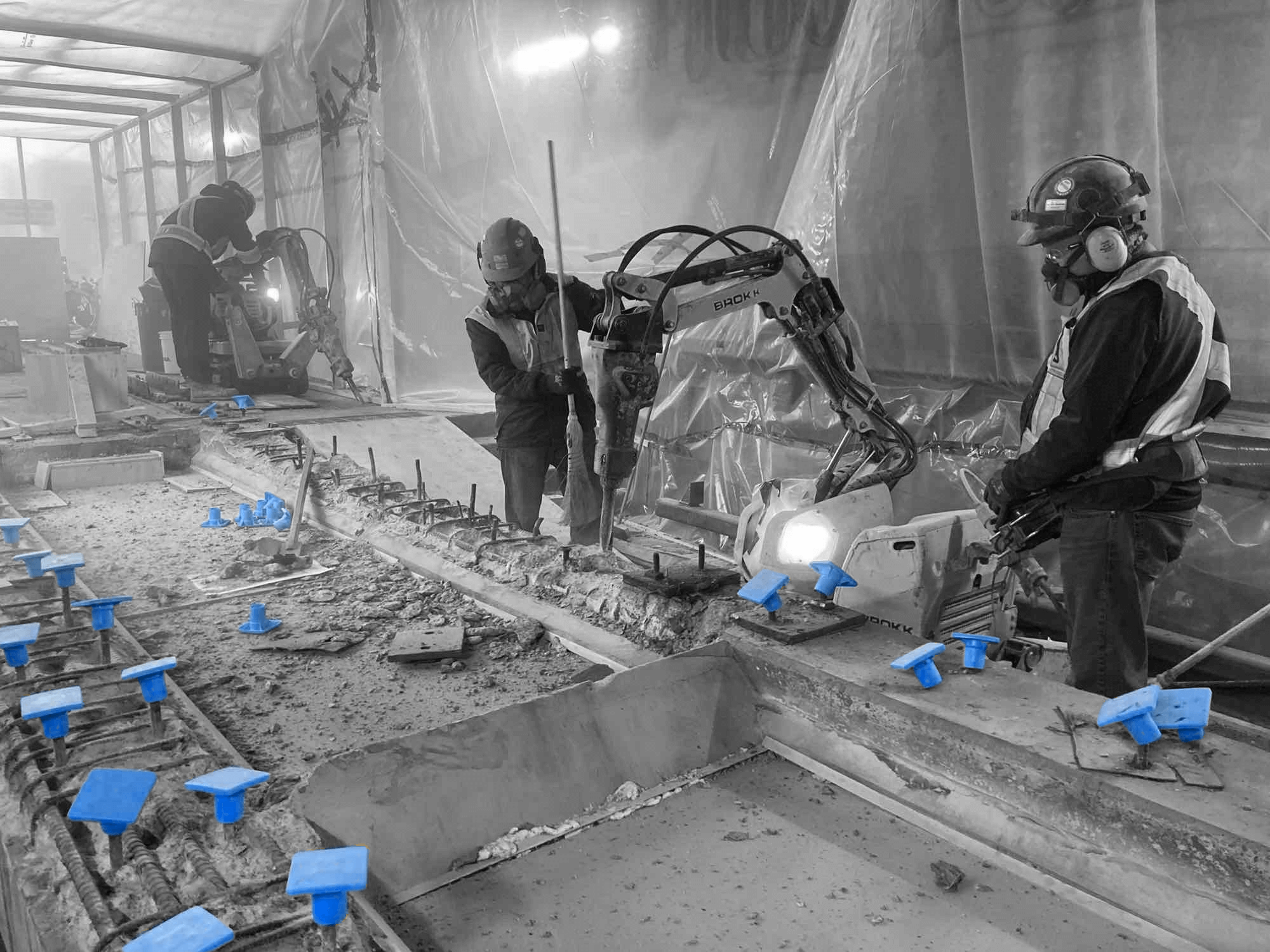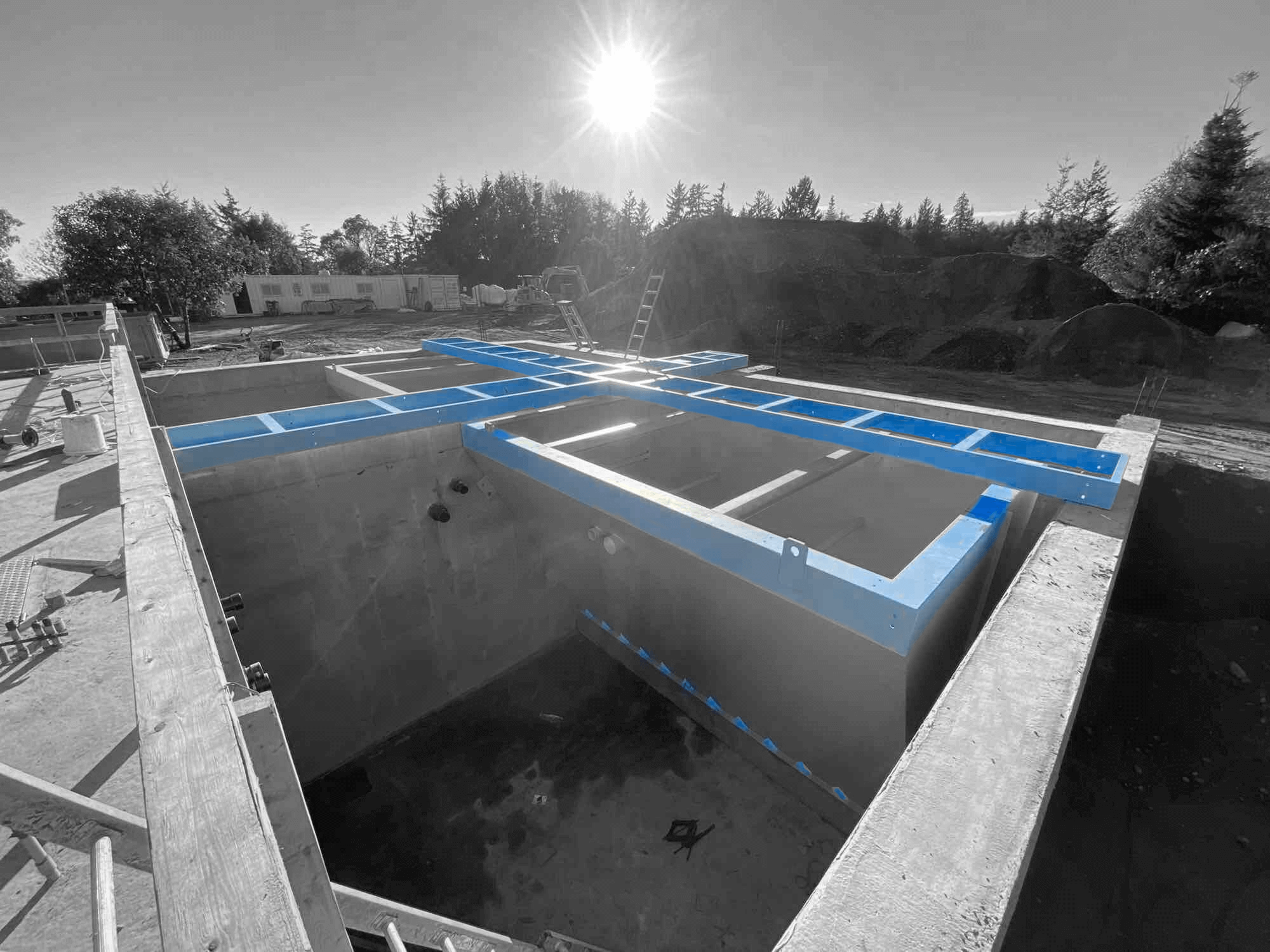Industries face many challenges when building and maintaining their facilities. Problems like budget overruns, time delays, and quality control can slow everything down. This is where EPC Design-Build becomes important. By combining engineering, procurement, and construction services, EPC Design-Build offers a comprehensive solution that meets industrial needs.
EPC Design-Build helps by streamlining processes and improving coordination. It integrates all necessary services into one project, reducing miscommunication and conflicts. This unified approach allows for better planning and execution. It adjusts to changes quickly and maintains high standards throughout the project.
In 2024, industries continue to evolve with new technologies and sustainable practices. EPC Design-Build is adapting to these changes, offering innovative solutions to modern problems. Businesses can rely on this method to help them face future challenges and achieve their goals efficiently, giving them peace of mind and a smoother construction experience.
Understanding EPC Design-Build Components
EPC stands for Engineering, Procurement, and Construction. It’s a design-build method that combines all these services into a single project. This approach helps streamline the project from start to finish.
Engineering is the first part. It involves planning, designing, and figuring out the technical details of the project. Engineers create the blueprints and ensure everything will work as intended.
Procurement is next. This step involves getting all the materials and equipment needed for the project. This includes purchasing, logistics, and ensuring everything arrives on time.
Finally, there’s construction. This is where the actual building takes place. Contractors use the blueprints and materials to complete the project, ensuring everything is built safely and to code.
By integrating these services into one project, EPC Design-Build ensures everything runs smoothly. It reduces the chances of miscommunication and delays. Everything is coordinated by a single team, leading to better project outcomes.
Common Industrial Challenges Addressed by EPC Design-Build
Industries often face problems when building or upgrading facilities. These challenges can slow down or even halt projects.
One common issue is budget overruns. Projects can end up costing much more than initially planned. Bad planning, unexpected issues, or changes in scope often cause these overruns.
Time delays are another problem. Projects can take much longer than expected. This can happen due to delays in getting materials, weather issues, or uncoordinated teams.
Quality control is also a major concern. Ensuring that the build meets all required standards is critical. Poor-quality materials or rushed construction can lead to issues down the road.
EPC Design-Build tackles these problems effectively. With a single team handling all aspects, there’s better planning and budgeting. This reduces the chances of unexpected costs.
Time delays are minimized through better coordination and planning. The team works together to ensure materials arrive on time and construction stays on schedule.
Quality is kept high with consistent standards across the engineering, procurement, and construction phases. The team ensures that everyone follows the same guidelines, leading to a better final product.
Steps in Implementing an EPC Design-Build Project
Starting an EPC Design-Build project involves several key steps. Each phase is essential for the project’s success and ensures everything goes as planned.
Planning is the first step. This involves defining the project’s scope and objectives. Detailed planning sets a strong foundation. It includes budgeting, scheduling, and risk assessment. Engineers and project managers work together to create a comprehensive plan.
The next step is designing. This is where the technical aspects come into play. Engineers create detailed blueprints and specifications. This phase ensures all design elements align with project goals.
Procurement follows designing. This step involves sourcing materials and equipment. Procurers make sure everything is of high quality and arrives on time. They must also manage logistics to ensure smooth delivery.
Lastly, there’s construction. This is the actual building stage. Contractors and labourers execute the plans. Key checkpoints are set to monitor progress and maintain quality. Regular inspections ensure that the project remains on track and meets all standards.
Future Trends in Industrial EPC Design-Build for 2024
2024 brings several new trends in the EPC industry. These trends focus on improving efficiency, sustainability, and innovation.
Emerging technologies are reshaping the industry. For example, drones and 3D printing are becoming more common. Drones help with site surveys and inspections. 3D printing speeds up the creation of prototypes and parts. These technologies enhance precision and save time.
Sustainable practices are also a big focus. Green construction methods are being integrated into projects. This includes using eco-friendly materials and energy-efficient systems. Renewable energy sources like solar and wind are being incorporated into designs.
Innovations in project management are making a big impact. Advanced software tools are improving coordination and communication. These tools allow real-time updates and make it easier to track progress.
By staying ahead of these trends, EPC Design-Build projects can be more efficient and eco-friendly. This helps industries meet their goals while also contributing to a sustainable future.
Conclusion
EPC Design-Build is a powerful method for tackling industrial construction challenges. It combines engineering, procurement, and construction into one cohesive process. This approach addresses common issues like budget overruns, time delays, and quality control. By understanding each phase and how they integrate, industries can achieve better outcomes.
Keeping up with future trends will also be crucial in 2024. Emerging technologies, sustainable practices, and innovations in project management are set to reshape the industry. EPC Design-Build can adapt to these changes, making it a reliable choice for industrial projects.
If you’re ready to start your next project with an innovative approach, consider Industra Construction Corp. for your EPC Design-Build needs. Contact us today to learn how we can help you tackle your industrial challenges efficiently and effectively.


